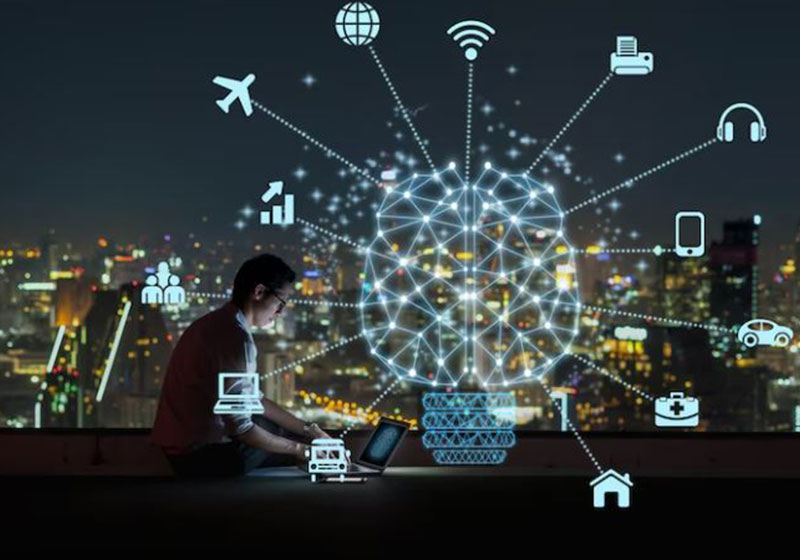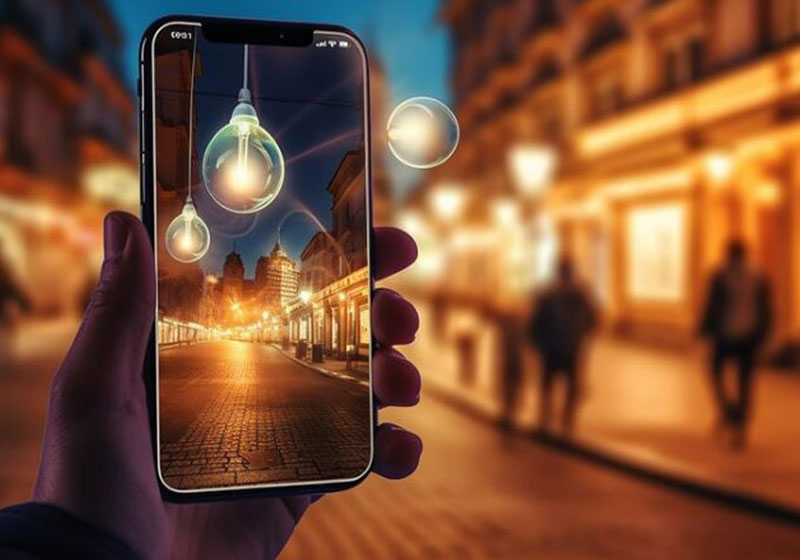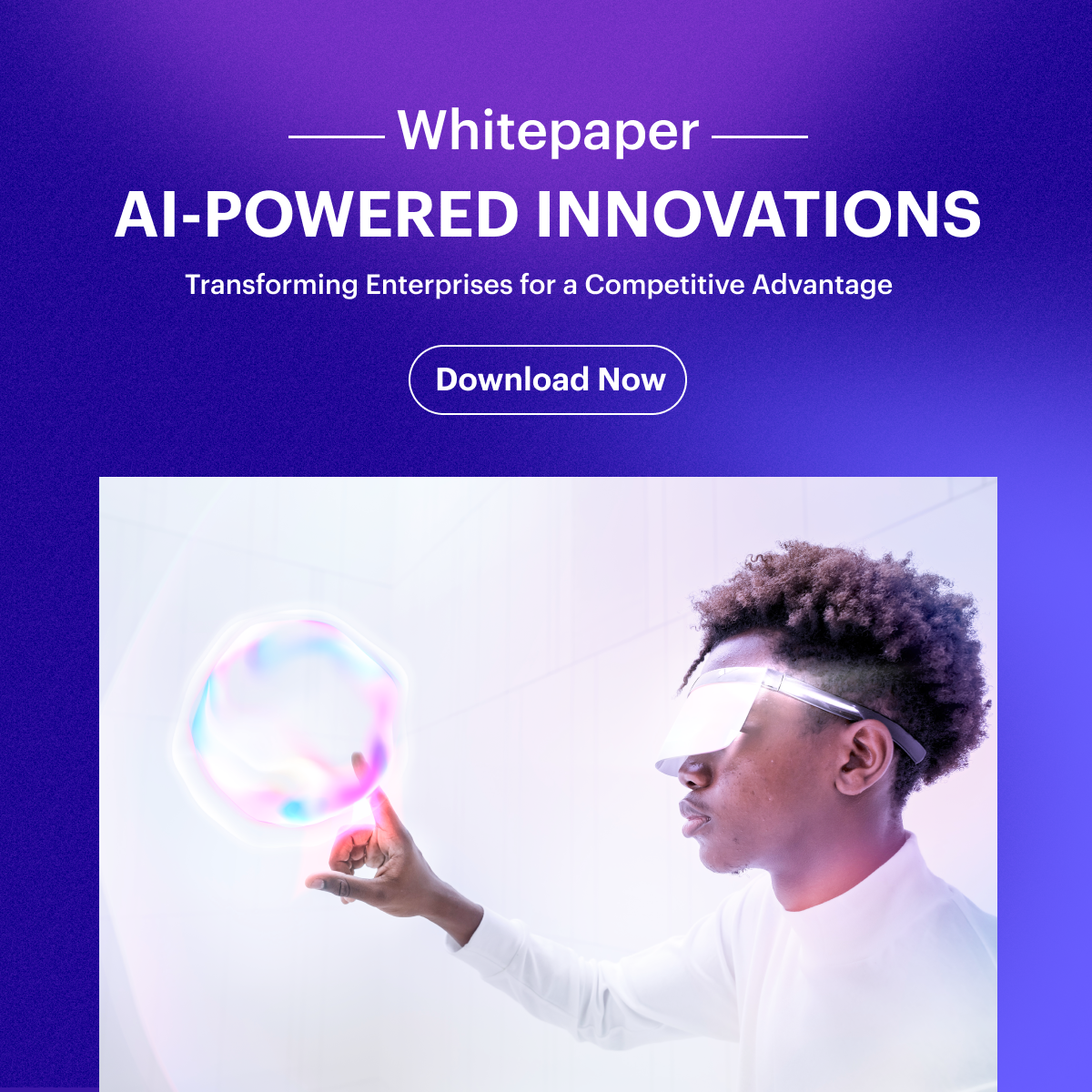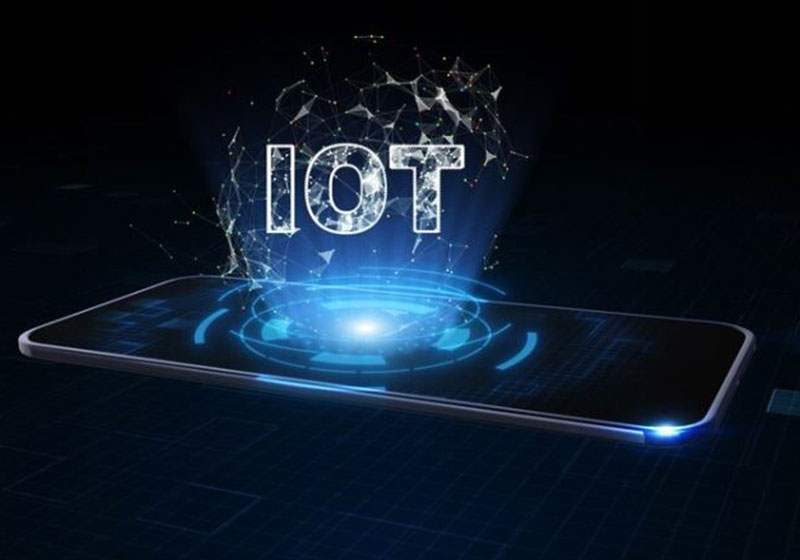IoT
The 6 Biggest Internet Of Things (IoT) Trends You Will See In 2022
 Updated 01 Nov 2023
Updated 01 Nov 2023

IoT is one of the leading buzzwords in the IT industry today. This technology uses smart sensors to allow seamless connectivity between machines (things) and people while sharing data through the internet. IoT technology has a wide range of applications in industrial and consumer/individual settings. Technology like cloud computing, analytics, big data and low-cost computing ensure information flows easily from one device to another. It makes IoT a fundamental pillar of the fourth Industrial Revolution. To leverage IoT for business growth, you must follow the IoT trends that emerge and evolve every year. Take a look at the top trends in IoT that are set to take 2022 by a storm.
Every IoT Development Company Will Follow These Trends in 2022
1. Focusing on Security
The IoT market sees a significant shift in the priorities of businesses as the challenges to networks and devices increase. This is a result of IoT’s distributed and diverse nature. With more devices across a larger geographical area, attackers’ chances and vulnerable areas to strike improve. There are more than 10 billion active IoT devices today, and network hacking is a real threat. IoT software development companies focus on preventing network attacks by strengthening defences and reinforcing security protocols.
2. IoT in the Manufacturing Industry
The smart sensors used in IoT allow managers to identify technical problems in equipment early in the product’s lifecycle. These problems are recognised before they start causing problems and incurring costs or expenses. IoT has seen multiple applications with new ones surfacing frequently in the past few years. Devices like smart wearables also give workers a better understanding of their working environment and equipment to be safe and informed. Smart IoT wearables keep the management connected to the factory floor. Workers can connect their wearables to their phones, improving time management, productivity, safety and instant feedback. Predictive and preventive maintenance innovations are rolling out each day and show no signs of slowing down.
3. Machine Learning and Big Data
Every day, new applications for IoT data and analytics are being innovated across IoT networks. This allows systems to trigger actions and alerts without transferring substantial data volumes to network cores. As a result, performance improves with networking operating at a lower latency. Integrating machine learning, data streams, and AI engines is another area of growth to watch in 2022. A few potential applications are smart elevator maintenance and smart homes. Solution providers are looking to increase their data analysis speeds by integrating analytics within their solutions. These are fed directly to machine learning applications. Such analytics solution design supports IoT process, infrastructure and device optimisation and adaptation. IoT data will then act as a commodity, sold for a price primarily to appliance manufacturers and OEMs.
4. IoT Adoption in Healthcare
IoT technology has been a part of the healthcare industry for a while now. Industry experts expect the healthcare domain to lead IoT innovation and adoption. In the medical arena, wearable devices and sensors, trackers and navigation (indoors) technology have become standard instruments healthcare professionals use. Like manufacturing factories, healthcare organisations require evolving state-of-the-art technology and equipment. IoT can help improve temperature and light control technology, enhancing systems linked to health monitors and sensors.
5. Improved Workforce Management
With the onset of the Covid-19 pandemic, automation and remote working technologies have become a key focus area. This includes Blockchain, AI, automation and 5G, among others. Businesses have started using these technologies and IoT to optimise their largely remote workforce today. Let’s take a look at some of the applications of IoT in this domain. Beacons are being used to clock in, which may become the standard practice in the coming years. A beacon refers to a tool that sends targeted messages to consumers using smartphones. As costs reduce, more beacons will be seen within workforces across markets.
6. IoT Applications in Customer Service
IoT can significantly enhance customer service by automating information distribution. This will help improve CRM system capabilities significantly. IoT technology allows systems to identify customer problems, find appropriate solutions and inform the company of any escalations. Even cable and network companies stand to evolve with IoT technology. Enterprises can route the data generated through IoT devices to their CRM systems. This enables businesses to become a part of customer conversations. This helps improve engagement and consequently increases customer retention. Customer support is a leading industry with IoT applications. CRM systems today can easily integrate with various systems as they come with unique APIs. These integrations can help IoT sensors and devices integrate with existing systems. IoT technology has evolved significantly since its inception and is far from done. Understanding the IoT trends coming up will help you know how to adapt IoT within your existing IT infrastructure. Make sure your IoT deployments are ready to go in the coming year if you wish to retain your competitive edge.
Explore More

Mobile Applications


